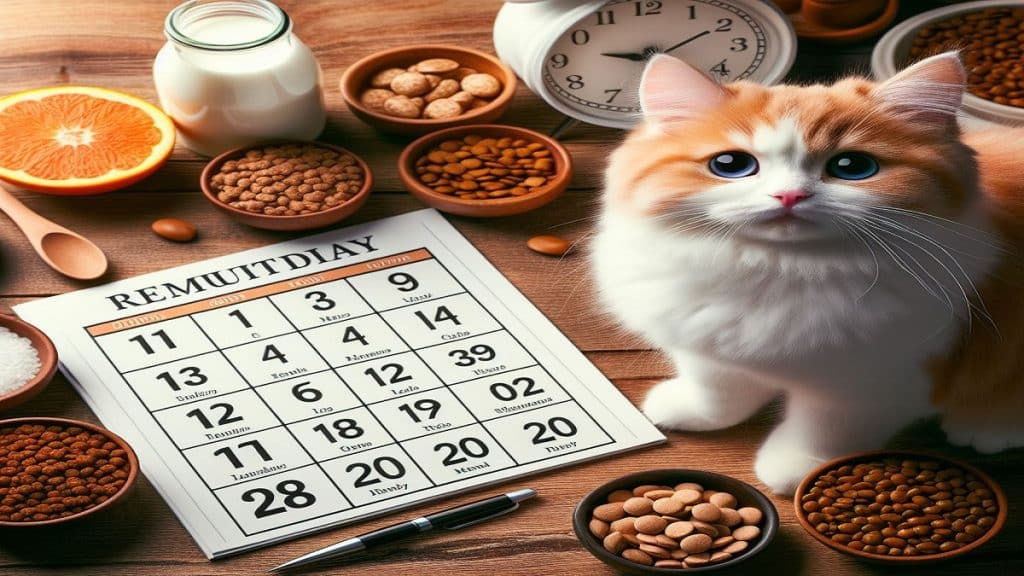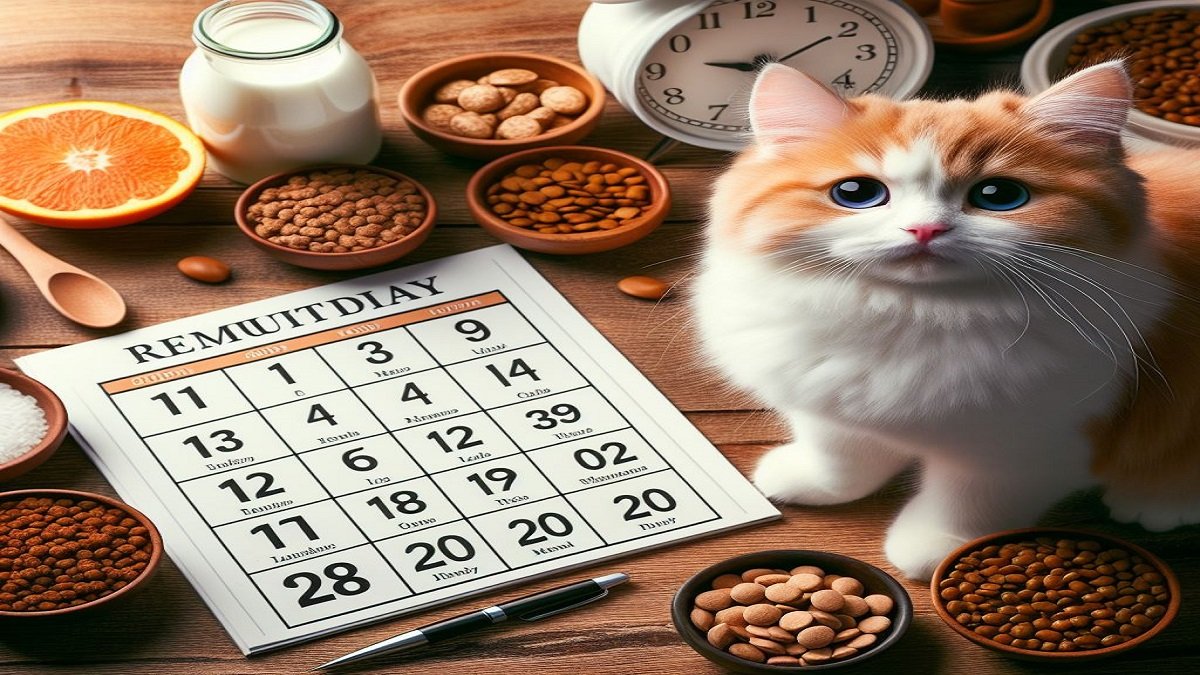Views: 55
Discover the ideal time to feed your cat to optimize your feline friend’s health.

Learn about circadian rhythms, nutritional needs, and create a happy routine for your cat.
Table of Contents
Introduction of how to Feed Your Cat
Feeding your feline friend may seem like a straightforward task, but have you ever wondered if there’s an optimal time to do it? In this comprehensive guide, we’ll delve into the best time of day to feed your cat and provide valuable tips to ensure their well-being.
Understanding Your Cat’s Natural Instincts
Feline Feeding Habits
Cats are crepuscular creatures, meaning they are most active during dawn and dusk. Understanding this natural instinct is crucial in establishing a feeding schedule that aligns with your cat’s internal clock.
Crafting the Perfect Feeding Schedule
Consistency Is Key
Maintaining a consistent feeding schedule is essential for your cat’s health and well-being. Cats thrive on routine, so try to feed them at the same times every day.
Morning Delight
Kick start your cat’s day with a nutritious morning meal. This not only aligns with their natural hunting instincts but also provides the energy needed for an active day.
Afternoon Refuel
As the day progresses, offer a small portion in the afternoon to keep their energy levels stable. This midday refuel is especially important for indoor cats with limited physical activity.
Evening Farewell
Before settling down for the night, provide a final meal in the early evening. This ensures your cat goes to bed with a satisfied stomach, promoting better sleep.
Factors Influencing Feeding Times
Age and Activity Level
Tailoring your cat’s feeding schedule to their age and activity level is crucial. Kittens and more active cats may require multiple smaller meals, while older or less active cats may prefer larger, less frequent meals.
Health Considerations
Consulting with your veterinarian can help determine the best feeding schedule based on your cat’s health needs. Conditions like diabetes or obesity may require specific timing and portion control.
Tips for a Happy Mealtime
Hydration Matters
Always provide fresh water alongside your cat’s meals. Adequate hydration is essential for their overall health and digestion.
Monitor Portion Sizes
Avoid overfeeding by carefully measuring your cat’s portions. Follow the feeding guidelines on the cat food packaging and adjust based on your cat’s individual needs.
Introduce Variety
Keep mealtime exciting by incorporating a variety of cat-friendly foods. This not only adds nutritional diversity but also prevents mealtime monotony.
Conclusion
In conclusion, the best time of day to feed your cat depends on various factors, including their natural instincts, age, and health. Crafting a consistent feeding schedule and considering your cat’s individual needs will contribute to their overall well-being.
FAQs
- Q: Can I free-feed my cat instead of following a strict schedule? A: While free-feeding is an option, maintaining a consistent schedule offers better control over your cat’s diet and health.
- Q: How do I know if my cat is on the right feeding schedule? A: Monitor your cat’s weight, energy levels, and overall behavior. Adjust the schedule if needed, consulting with your veterinarian for guidance.
- Q: Should I feed my cat at night to prevent them from waking me up early? A: It’s best to align with your cat’s natural instincts, offering the last meal in the early evening to promote a peaceful night’s sleep.
- Q: Can I mix wet and dry cat food in one meal? A: Yes, combining wet and dry food can provide a balanced diet, offering both moisture and essential nutrients.
- Q: Are there specific feeding recommendations for senior cats? A: Senior cats may benefit from more frequent, smaller meals to accommodate changes in metabolism and digestion.

